BLOG - Page 11
Recently created mixtures:

Sea-Buckthorn Macerated oil
February 7, 2019

Home made air freshener
June 29, 2016

Homemade Dog-rose distillate
June 28, 2016

Homemade jasmine distillate
June 22, 2016

Moxibustion treatment with Moxa stick
May 30, 2016

Face and body gentle oil cleanser
May 26, 2016
BLOG / LATEST ADDITIONS!
Hemp Seed Oil (Cannabis Sativa) ☸ Base oils ☸ Medicine / Health
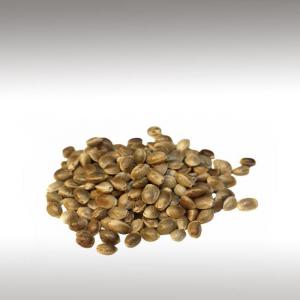

The oil contained in the Hemp Seed is 75 - 80% polyunsaturated fatty acids (the good fats) and only 9-11% of the less desired saturated fatty acids.
Extensive studies have demonstrated that many common illnesses are related to deficiencies or imbalances of specific fatty acids in the body. Symptoms are often related to a lack of omega 3 and omega 6 fatty acids and their derivatives, the postaglandins.
Most people eating a healthful diet, one that includes a balanced ratio of essential fatty acids, also have healthy skin and a strong immune system
Hemp oil is also used in paints and lubricants, and as a body care product. It may be rubbed directly onto the skin to treat cracked, dry skin, or it can be blended into body oils, body creams, and other personal care products.
Hemp oil prevents skin disorders like psoriasis, eczema, acne and dry skin.
Hemp Seed oil also provides an adequate supply of antioxidants (Vitamin E), carotene (precursor to Vitamin A), phytosterols, phospholipids and a number of minerals including calcium, magnesium, sulfur, potassium, phosphorus, along with modest amounts of iron and zinc.
Hemp Seed oil also provides a good source of Chlorophyll.
Extensive studies have demonstrated that many common illnesses are related to deficiencies or imbalances of specific fatty acids in the body. Symptoms are often related to a lack of omega 3 and omega 6 fatty acids and their derivatives, the postaglandins.
Most people eating a healthful diet, one that includes a balanced ratio of essential fatty acids, also have healthy skin and a strong immune system
Hemp oil is also used in paints and lubricants, and as a body care product. It may be rubbed directly onto the skin to treat cracked, dry skin, or it can be blended into body oils, body creams, and other personal care products.
Hemp oil prevents skin disorders like psoriasis, eczema, acne and dry skin.
Hemp Seed oil also provides an adequate supply of antioxidants (Vitamin E), carotene (precursor to Vitamin A), phytosterols, phospholipids and a number of minerals including calcium, magnesium, sulfur, potassium, phosphorus, along with modest amounts of iron and zinc.
Hemp Seed oil also provides a good source of Chlorophyll.
Submitted by OperaDreamhouse (March 25, 2018)
Linden Blossom CO2 Select Extract (Tilia Cordata) ☸ Essential oils ☸ Base / General
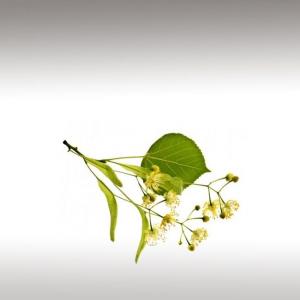

Linden Blossom select CO2 extract possesses an exquisitely
rich, sweet, complex, honey and floral aroma that deserves to be
included in the most precious of fragrance formulations, but is
beautiful and complex enough to stand on its own as a single - note
fragrance.
Submitted by OperaDreamhouse (March 15, 2018)
Lemongrass Essential Oil (Cymbopogon Citratus) ☸ Essential oils ☸ Food / Cooking
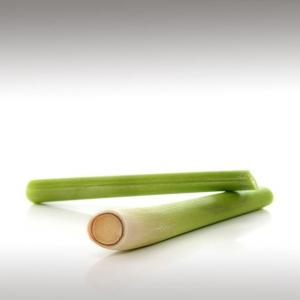

Lemongrass is used as a flavoring in many foods and is a favorite in Thai dishes. Lemongrass oil is using in food and flaver.
This oil is widely used in confectionary. Perfect for flavoring candy or chocolate.
A tea made with lemongrass is useful for fevers. Lemongrass oil very good appetite stimulant.
This oil is widely used in confectionary. Perfect for flavoring candy or chocolate.
A tea made with lemongrass is useful for fevers. Lemongrass oil very good appetite stimulant.
Submitted by OperaDreamhouse (March 15, 2018)
Galbanum Essential Oil (Ferula Galbaniflua) ☸ Essential oils ☸ Spiritual Practises
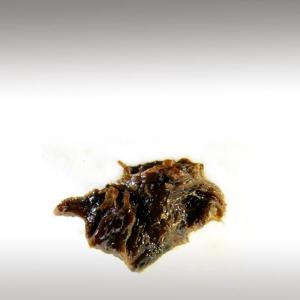

Galbanum was widely used as a component of incense and is listed in the Holy Bible as part of the sweet spices used to make Holy Incense. Holy Incense was only made for the worship of the Lord and Holy communication
as it was believed to be free from evil. Preparation required certain
rituals and it was forbidden to make such incense just for the pleasure
of the senses.
Submitted by OperaDreamhouse (March 12, 2018)
Fennel Essential Oil (Foeniculum Vulgare) ☸ Essential oils ☸ Food / Cooking
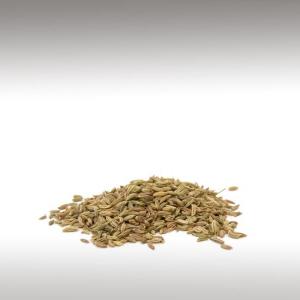

Theseeds are used incookery and sweet desserts.
Fennel is one of the three main herbs used in the preparation of absinthe, an alcoholic mixturewhich originated as a Medicinal elixir in Switzerland and became, by the late 19th century, a popular alcoholic drink in France and other countries.
Many cultures in India, Pakistan, Afghanistan, Iran, and the Middle East use Fennel seed in their cookery. It is one of the most important spices in Kashmiri Pandit and Gujarati cooking.
Fennel seeds are the primary flavor component in Italian sausage.
Many egg, fish, and other dishes employ fresh or dried Fennel leaves. Florence Fennel is a key ingredient in some Italian and German salads, often tossed with chicory and avocado, or it can be braised and served as a warm side dish. It may be blanched or marinated, or cooked in risotto.
Fennel is one of the three main herbs used in the preparation of absinthe, an alcoholic mixturewhich originated as a Medicinal elixir in Switzerland and became, by the late 19th century, a popular alcoholic drink in France and other countries.
Many cultures in India, Pakistan, Afghanistan, Iran, and the Middle East use Fennel seed in their cookery. It is one of the most important spices in Kashmiri Pandit and Gujarati cooking.
Fennel seeds are the primary flavor component in Italian sausage.
Many egg, fish, and other dishes employ fresh or dried Fennel leaves. Florence Fennel is a key ingredient in some Italian and German salads, often tossed with chicory and avocado, or it can be braised and served as a warm side dish. It may be blanched or marinated, or cooked in risotto.
Submitted by OperaDreamhouse (March 12, 2018)
Bay Laurel Essential Oil (Laurus Nobilis) ☸ Essential oils ☸ Food / Cooking
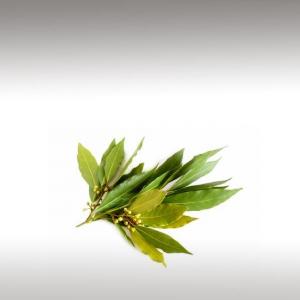

Bay Laurel leaves are used in cookery for flavouring.
They are often packed with stick liquorice or dried figs. They are used fresh, and may be gathered all the year round.
They are often packed with stick liquorice or dried figs. They are used fresh, and may be gathered all the year round.
Submitted by OperaDreamhouse (February 6, 2018)
Cypriol (Nagarmotha) Essential Oil (Cyperus Scariosus) ☸ Essential oils ☸ Spiritual Practises
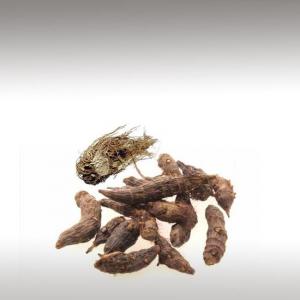

Nargamotha essential oil is part of the art of Vashikarana, an ancient rite. In this rite, someone who applies this oil to his or her forehead is certain to have success in matters of the heart.
Submitted by OperaDreamhouse (February 6, 2018)
Cypriol (Nagarmotha) Essential Oil (Cyperus Scariosus) ☸ Essential oils ☸ Beauty / Cosmetics


The decoction of the Cypriol rhizomes has been in use for hundreds of years as a natural hair wash. Massaging your scalp with this nourishing blend aids in opening the small capillaries on the scalp, work efficaciously on the sebaceous glands and fortify the hair from the roots by stimulating its strength naturally.
2 to 3 drops of Cypriol essential oil added to your mild skin care cream or lotion can help in curtailing the growth of harmful microbes that affect the skin health.
Can indicate that stress is building within the energy field producing tension in the body. You may feel that you want to be more creative, but you feel outside forces would stop it or would deny approval. Cypriol releases tension from the energy field.
It is highly prized in India for its roots and is used in aromatherapy, as a perfume and for many other purposes.
2 to 3 drops of Cypriol essential oil added to your mild skin care cream or lotion can help in curtailing the growth of harmful microbes that affect the skin health.
Can indicate that stress is building within the energy field producing tension in the body. You may feel that you want to be more creative, but you feel outside forces would stop it or would deny approval. Cypriol releases tension from the energy field.
It is highly prized in India for its roots and is used in aromatherapy, as a perfume and for many other purposes.
Submitted by OperaDreamhouse (February 6, 2018)
Rose Tea ☸ Herbal distillates ☸ Base / General
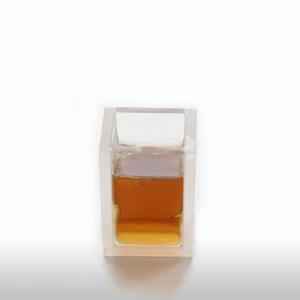

Rose tea, also sometimes known as rose bud tea, is made from whole, dehydrated rose blossoms. These delicate pink flowers make a fragrant brew that is light-tasting, fruity and low in calories. In some cases, rose tea is made from whole petals of mature roses, which are also dried and used as the sole ingredient in rose tea.
Submitted by OperaDreamhouse (February 1, 2018)
Rose Tea ☸ Herbal distillates ☸ Medicine / Health


The many health benefits of rose tea include its ability to ease menstrual pains, prevent chronic disease, boost the immune system, speed healing, improve digestion, detoxify the body, relieve respiratory infections, stimulate mood and regulate your sleep cycle.
Drinking teas made from rose hip and rose petals are known to improve digestion and keep your digestive system in peak working order. Rose tea can stimulate the body’s production of bile which in turn helps our stomachs to digest food effectively.
Rose petals are a natural source of vitamin C, according to a review published in the "Iranian Journal of Basic Medical Sciences." Vitamin C is a natural antioxidant which can block some of the damage that can result from exposure to toxins and free radicals. Such damage can lead to increased rates of aging. Vitamin C also provides support for your immune system, and it aids in the production of collagen, a protein essential for healthy skin and hair.
Drinking teas made from rose hip and rose petals are known to improve digestion and keep your digestive system in peak working order. Rose tea can stimulate the body’s production of bile which in turn helps our stomachs to digest food effectively.
Rose petals are a natural source of vitamin C, according to a review published in the "Iranian Journal of Basic Medical Sciences." Vitamin C is a natural antioxidant which can block some of the damage that can result from exposure to toxins and free radicals. Such damage can lead to increased rates of aging. Vitamin C also provides support for your immune system, and it aids in the production of collagen, a protein essential for healthy skin and hair.
Submitted by OperaDreamhouse (February 1, 2018)
Basil Leaf (Ocimum Basilicum) ☸ Plants ☸ Base / General
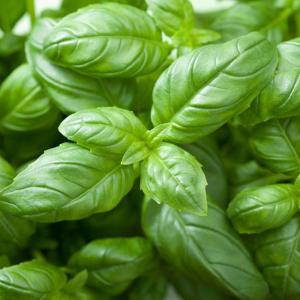

Basil or Sweet Basil is a popular culinary herb botanically known as Ocimum Basilicum of the family Lamiaceae (Mint). Basil is an annual plant, which is originally from Asia before spreading to other parts of the world. Basil is a Greek word Basileus, which literally means King.
Basil is a common aromatic herb in the mint family, the same plant family as other nutrient-dense, beneficial herbs, including Mint, Oregano and Rosemary.
Basil is a common aromatic herb in the mint family, the same plant family as other nutrient-dense, beneficial herbs, including Mint, Oregano and Rosemary.
Submitted by OperaDreamhouse (February 1, 2018)
Basil Leaf (Ocimum Basilicum) ☸ Plants ☸ Medicine / Health


Researchers reveal that Basil contains varieties of essential oils that are rich in polyphenolic and phenolic compounds such as flavonoids and anthocyanins.
One of the key benefits of Basil is the ability to help fight free radical damage while protecting DNA structure and cells. Basil contains two important water-soluble flavonoid antioxidants, known as orientin and viceninare, which help protect white blood cells responsible for immune function, as well as cellular structures where DNA is stored.
Antioxidants found in Basil keep chromosomes from becoming altered and resulting in cell mutations and cancerous cell growth.
One of the key benefits of Basil is the ability to help fight free radical damage while protecting DNA structure and cells. Basil contains two important water-soluble flavonoid antioxidants, known as orientin and viceninare, which help protect white blood cells responsible for immune function, as well as cellular structures where DNA is stored.
Antioxidants found in Basil keep chromosomes from becoming altered and resulting in cell mutations and cancerous cell growth.
Submitted by OperaDreamhouse (February 1, 2018)
Dill (Anethum Graveolens) ☸ Plants ☸ Base / General
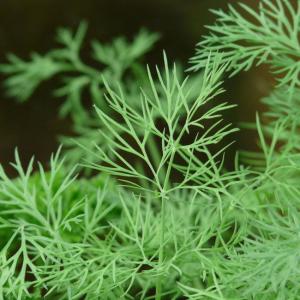

Dill, scientifically known as Anethum Graveolens, has been used for culinary and medicinal purposes for hundreds of years. Both its seeds and the leaves can be used. Apart from giving a strong, tangy, appetizing flavor and taste, it has many medicinal properties, which mainly come from certain compounds called monoterpenes, as well as flavonoids, minerals and certain amino acids.
Depends on where it lives, Dill, has so many names. The Dill has tangy and strong flavor, which is hence makes it very familiar in culinary. The tree of Dill can be perennial or annual herb which needs lots of direct sun lights, humid and warm temperature to grow normally.
Depends on where it lives, Dill, has so many names. The Dill has tangy and strong flavor, which is hence makes it very familiar in culinary. The tree of Dill can be perennial or annual herb which needs lots of direct sun lights, humid and warm temperature to grow normally.
Submitted by OperaDreamhouse (February 1, 2018)
Dill (Anethum Graveolens) ☸ Plants ☸ Food / Cooking


Due to the strong aroma of its leaves, Dill is used to flavor a number of dishes such as soup, pickles, and fish dishes. The dried leaves are used as herb and the seeds of the plant are used as spice and to extract essential oil.
Submitted by OperaDreamhouse (February 1, 2018)
Dill (Anethum Graveolens) ☸ Plants ☸ Medicine / Health


The health benefits of Dill include its ability to boost digestion, as well as provide relief from insomnia, hiccups, diarrhea, dysentery, menstrual disorders, respiratory disorders, and various types of cancers.
It is also good for oral care and can be a powerful boost for your immune system. It can also protect you from bone degradation. It is also an anti-inflammatory substance, which means that it can protect you against arthritis.
The health benefits of Dill are derived from its organic compounds, Vitamins, and minerals. These include powerful monoterpenes like limonene, carvone, and anethofuran, as well as flavonoids like vicenin and kaempferol.
The health benefits of Dill are derived from its organic compounds, Vitamins, and minerals. These include powerful monoterpenes like limonene, carvone, and anethofuran, as well as flavonoids like vicenin and kaempferol.
As for vitamins and minerals, it has a significant amount of Vitamin A and C, as well as trace amounts of folate, iron, and manganese.
Both the leaves and the flowers of Dill are filled with nutrients and vital medicinal compounds. Fresh leaves of anethum graveolens contain Vitamins such as Vitamin A, B1, B2, B3, B5, B9, B12 and Vitamin C.
Both the leaves and the flowers of Dill are filled with nutrients and vital medicinal compounds. Fresh leaves of anethum graveolens contain Vitamins such as Vitamin A, B1, B2, B3, B5, B9, B12 and Vitamin C.
In addition to this, it is also a good resource of fiber, calcium, potassium, iron, sodium, manganese, and copper.
Submitted by OperaDreamhouse (February 1, 2018)
Page 11 of 48

